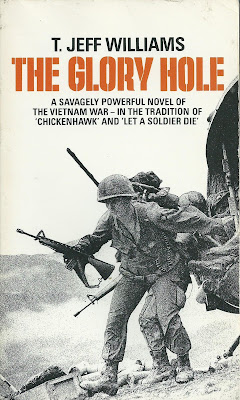Judge Dredd in 'Beggar's Banquet'
Writers: John Wagner and Alan Grant
Art: John Higgins
2000 AD Prog 456 (February 8, 1986)
This was the very first Judge Dredd assignment for UK artist John Higgins, and he gave it his 'all', as they say.
His intricate penmanship is remarkable, but also something of a liability; as Higgins relates in his autobiography Beyond Watchmen and Judge Dredd: The Art of John Higgins, taking so much care with the artwork meant that his output was limited, and, consequently, the income he earned as a comic book artist............!
Wagner and Grant's script has the perfect mix of cynicism and black humor.......things sorely lacking in any U.S. comic of the same decade.




















































































